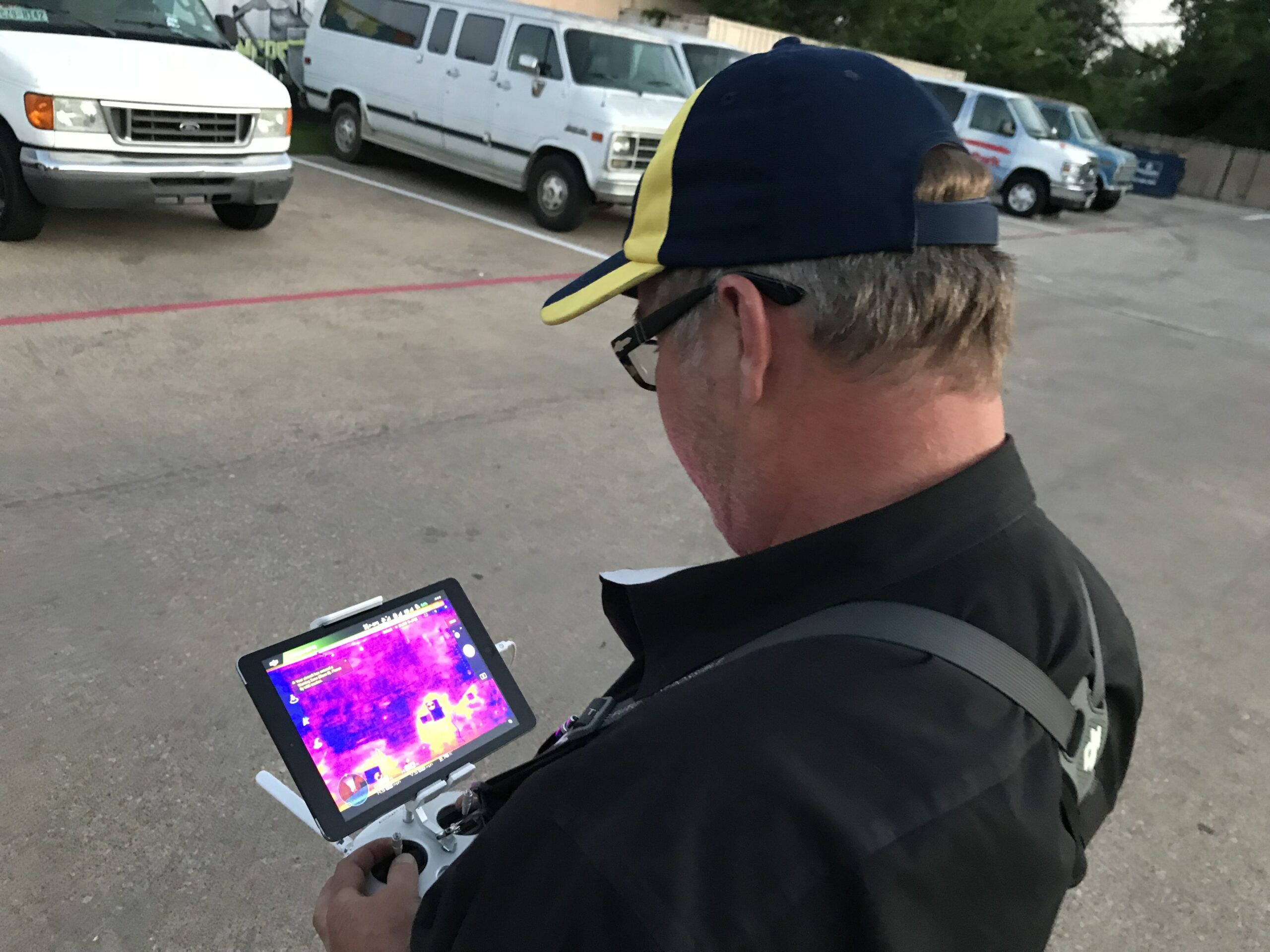
Flat and Low Slope Roofing is the most popular types of Commercial Roofing System. However, with large flat areas, water management is the biggest concerns Flat roofs cost more to install and maintain and have a much shorter average lifetime than sloped roofs. The greater the pitch of the roof the longer it’s likely to last. Roofing systems with a great pitched have to carry lighter loads from rain, snow and ice accumulation as it will l shed faster.
Flat roofs have an estimated average life of around 13 years. In reality, some flat roofs will last many times the average depending on maintenance. Some will be prematurely replaced due to deferred maintenance or defective workmanship or materials. Water intrusion inside the roofing envelope is the greatest reason for roofing failure. Once water penetrates a flat roof, it is not likely to dry naturally. When moisture levels exceed 19% for 48 hours mold and rot begin to consume building materials. These fungi will continue to grow until the moisture level drops below 19%. This can cause not only structural damage but also environmental dangers in the case of mold.
Leaks in a flat or low sloped roof can be very difficult to find and can often cause extensive damage before being discovered. Many flat roofs systems are made of layers of roofing. When water penetrates the outer layer, it will seek the closest downhill defect in the next layer of roofing to drain through. This may be on the other side of the building from the top layer leak. The water will find its way through all layers eventually and leak into the decking and continue downward. Water leaking through the roof on one side of the building may be caused by a leak in a totally different area.
Inverted roof membrane assemblies with extruded polystyrene insulation between the ballast and protective membrane are poor candidates for thermal imaging inspection, although they are not common. Some other construction types that can pose problems include roofs with concrete pavers, roofs with lightweight concrete or gypsum, and highly reflective metal roofs. Infrared imaging can still be used in many of these cases, though it may be more difficult to read the images.